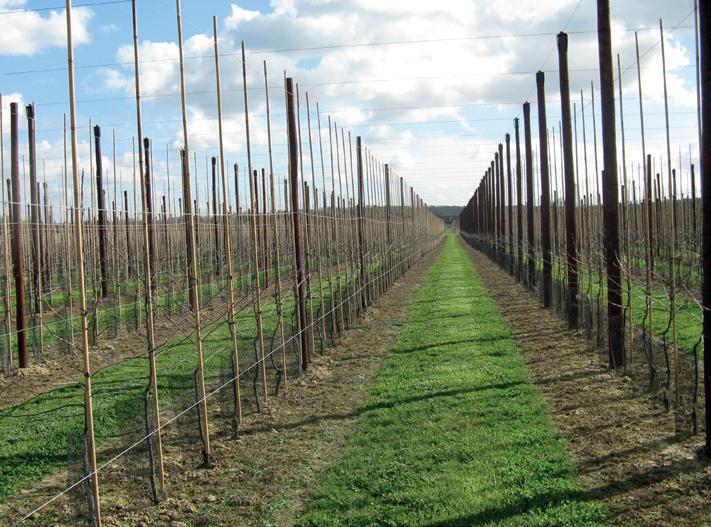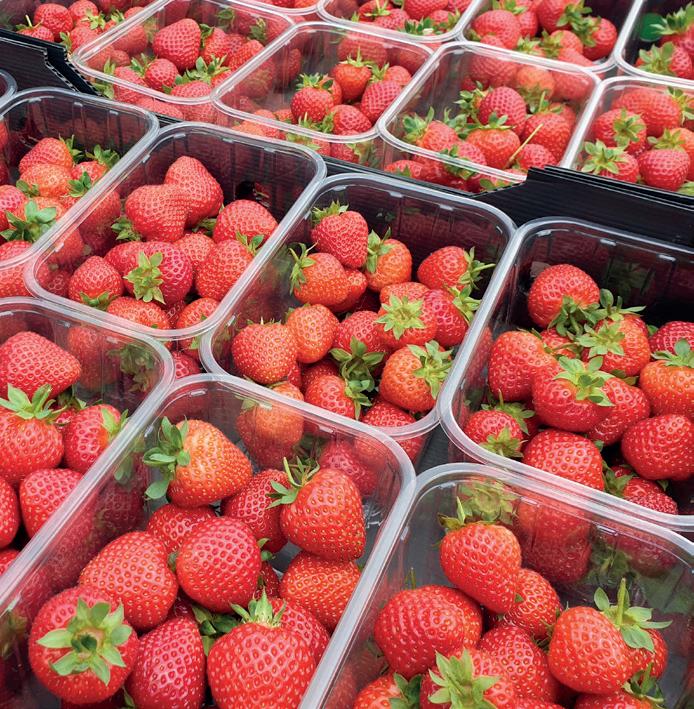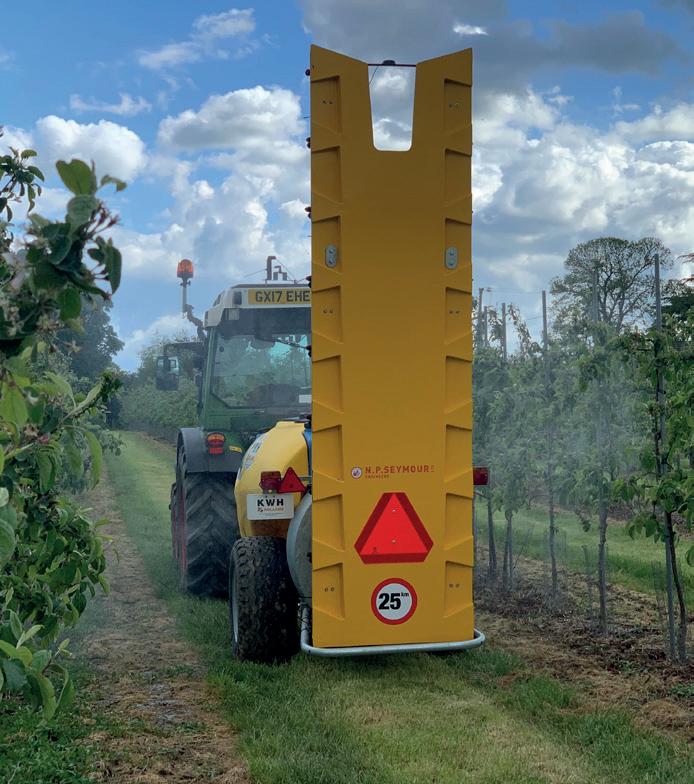
1 minute read
Accuracy of spray deposition
Title: Optimisation of imaging fluorometer and food safe tracer for crop spray deposit quantification
Funder: Innovate UK
Advertisement
Partners: Chelsea Technologies Group (Lead), Avalon Produce, Berry Gardens Growers Ltd, G’s Fresh, Househam
Sprayers
Term: October 2014 to January 2020
Growers often question why they don’t achieve effective pest or disease control when they have employed expensive crop protection products that have worked effectively under trial conditions. A common reason for ineffective control is poor spray deposition throughout the crop canopy, sometimes as a result of poor sprayer setup or use of incorrect sprayer type or nozzles for application. Assessing spray deposition can be difficult to achieve. A range of fluorescent dyes have been used in the past, but growers find these difficult to use themselves and it can be a time-consuming task. A more effective system is needed.
The project
The aim of this project was to develop new technology, which is safe and easy to use and can rapidly assess whether deposition is sufficiently good to control the target pests or diseases. It is essential that the spray deposition is accurately assessed to identify whether spray machine setup needs to be adjusted.
Results
NIAB scientists have been working with industrial partners in this project to develop a new instrument called a Handheld Imaging Fluorometer (Figure 1), which is a device that employs fluorescence imaging, and a novel food-safe fluorescent dye that can be applied to crops to provide an accurate assessment of spray deposition.
The combination of novel dye and fluorometer has many advantages over previous methods of assessing spray deposition, including being fast, more accurate, providing quantified results and provision of results in the field without the need to use additional kit, and direct measurements of the spray on plant surfaces. In addition, data and results can be downloaded for record keeping or further analysis.
Growers using the technology are able to compare the setup of their spraying machine, make adjustments, and optimise the application to ensure that the plant protection products applied are being most effective. Growers can also compare the performance of different adjuvants and visualise how much spray is reaching the target area.

Charles Whitfield,








